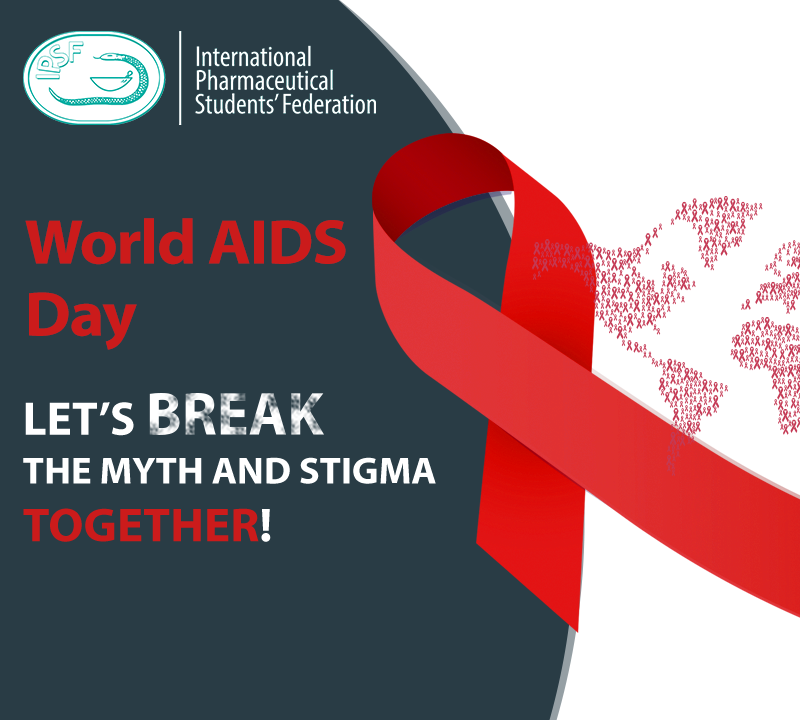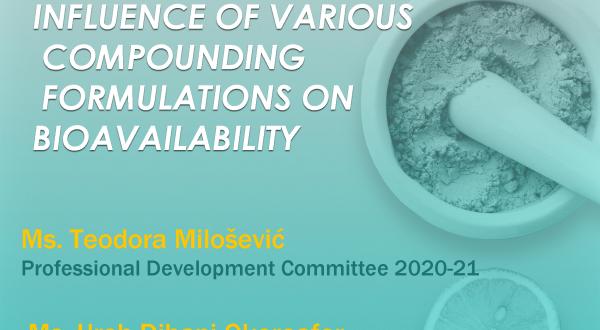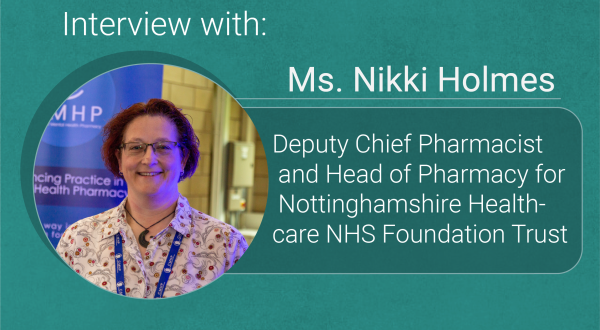
World AIDS Day
Many people think that there is no way to protect themselves from HIV which is not true. There are several ways to minimize the chances of an infection, such as using condoms, limiting your number of sexual partners, avoding the injection of drugs, getting tested and knowing your partner's HIV status, as well as getting tested and treated for other STDs. In addition to that, you can always talk to your health care provider about pre-exposure prophylaxis (PrEP). They can also give you an HIV test. HIV testing is also available at many hospitals, medical clinics and community health centers. You can use the CDC testing locator to find an HIV testing location near you, or buy a home testing kit at a pharmacy or online.
Modern medicine provides a way to minimize the chance of transmitting HIV to one's child during pregnancy. If a woman takes her HIV medicine daily as recommended by a healthcare provider throughout her entire pregnancy (including labor and delivery) and continues using medicine for her baby for 4 to 6 weeks after birth, the risk of transmitting HIV to the baby can be as low as 1% or less.
It is important to understand the difference between HIV and AIDS. AIDS is the third and final stage of HIV infection. It is diagnosed based on a CD4 cell count or the development of one or more opportunistic infections. Stage 1 is the acute stage of HIV and stage 2 is the clinical latency stage.
Pharmacists have a big role in HIV therapy. They assist in selection of anti-retroviral agents, as well as general medical issues such as hypertension, depression, diabetes, pain management and anti-coagulation . They advise patients and teams regarding potential adverse drug reactions, drug-drug interactions and assist in dosing and dose adjustments as neccessary. Furthermore, pharmacists counsel patients related to adherence issues and monitor for side effects. In addition to reviewing patient's history to ensure prophylactic medicines are given, they assist with health maintenance issues, such as vaccines, nutrition, yearly exams and prevention of transmission.
According to UNAIDS, 36.7 million people worldwide are currently living with HIV/AIDS, and 2.1 million children (<15 years old) worldwide are living with HIV. Most of these children were infected by their HIV positive mothers during pregnancy, childbirth, or breastfeeding. Approximately 70% of people living with HIV globally were aware of their HIV status in 2016. The remaining 30% (over 11 million people) still need access to HIV testing services. HIV testing is an essential gateway to HIV prevention, treatment, care and support services. The vast majority of people living with HIV are in low- and middle-income countries. In 2016, there were 19.4 million people living with HIV (53%) in eastern and southern Africa, 6.1 million (17%) in western and central Africa, 5.1 million (14%) in Asia and the Pacific, and 2.1 million (6%) in Western and Central Europe and North America.
Despite advances in our scientific understanding of HIV and its prevention and treatment as well as years of significant effort by the global health community and leading government and civil society organizations, too many people living with HIV or at risk of HIV still do not have access to prevention, care, and treatment, and there is still no cure.
Effective treatment with antiretroviral drugs can control the virus so that people with HIV can enjoy healthy lives and reduce the risk of transmitting the virus to others. Progress also has been made in preventing mother-to-child transmission of HIV and keeping mothers alive. The percentage of pregnant women receiving ART (Antiretroviral Therapy) increased to 76% in 2016, up from 47% in 2010.



